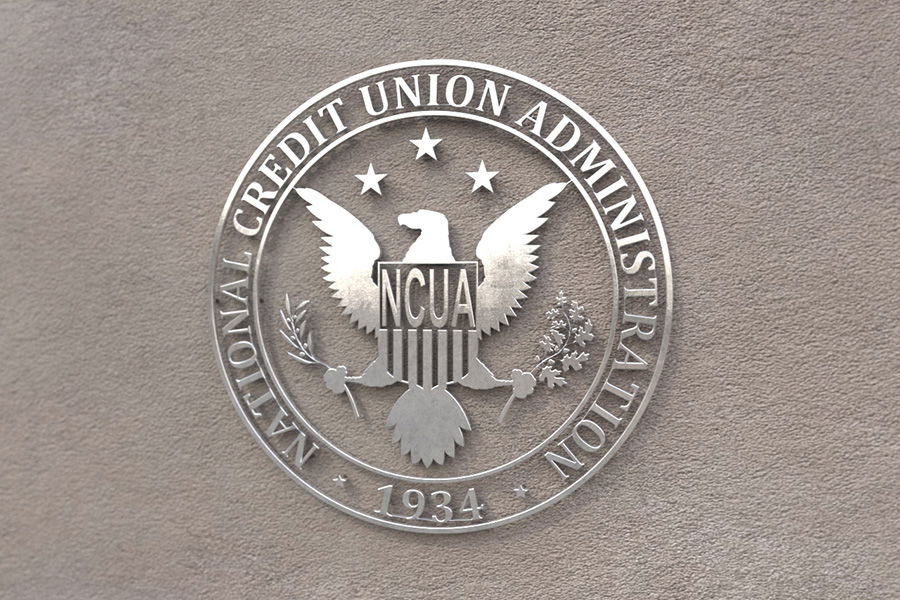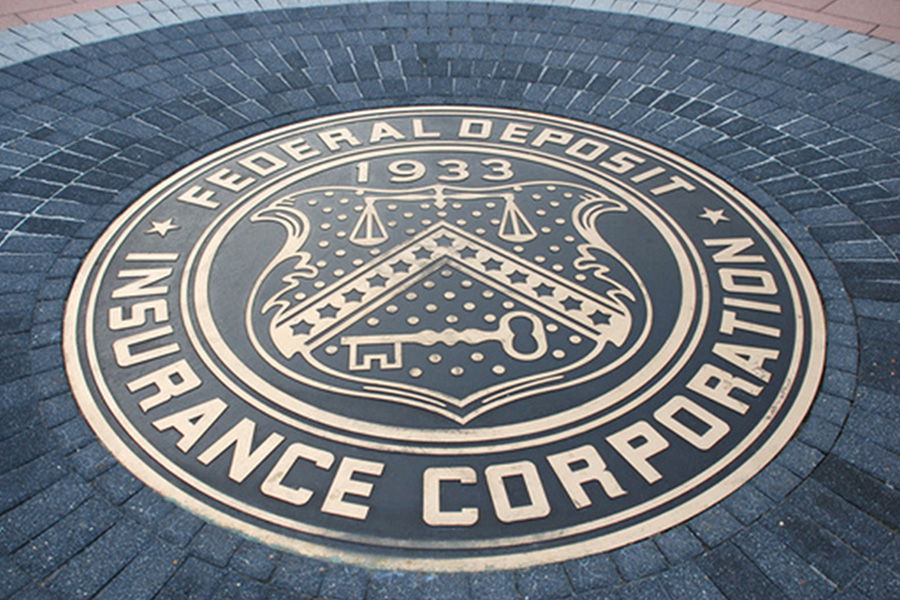Did you know that Community Development Financial Institutions (CDFIs) have played a significant role in helping underserved communities access over $250 billion in loans and investments?
These organizations make a meaningful difference by focusing on areas overlooked by traditional financial institutions. Whether it’s funding small businesses, providing affordable housing loans, or supporting local community projects, CDFIs are a lifeline for those facing financial barriers.

At their core, CDFIs are mission-driven financial institutions that prioritize economic development in disadvantaged communities. Unlike mainstream banks, they tailor their services to help people and businesses that struggle to access credit and resources. By bridging this gap, CDFIs empower communities to grow and thrive.
What is a Community Development Financial Institution (CDFI)?
Community Development Financial Institutions (CDFIs) are a type of financial institution that provides products and services to financially disadvantaged communities for economic development purposes.
They are essential and critical in promoting inclusion and economic growth to marginalized communities in urban and rural communities countrywide. Legislations like the Community Reinvestment Act help encourage these programs. However, the Community Reinvestment Act is not the only reason for their existence.
CDFI Certification
To become a CDFI, a financial institution must apply for a CDFI certification. This certification ensures that the institution can receive the right federal assistance resources and allows people to benefit from the CDFI fund’s programs.
The Origins of CDFIs
The history of Community Development Financial Institutions (CDFIs) traces back to efforts that addressed financial exclusion in underserved communities. Here’s a streamlined timeline of key milestones:
1880s: Minority-owned banks began to emerge, serving communities that traditional financial institutions ignored. These banks offered essential services to economically disadvantaged areas.
1930s and 1940s: Credit unions became alternatives to banks, offering cooperative financial services to help members save and access affordable loans.
1960s and 1970s: Community development corporations started focusing on economic initiatives, broadening financial access in urban and rural areas.
1980s: Nonprofit loan funds began to fill financing gaps by providing flexible options for small businesses and housing projects in underserved areas.
1994: The establishment of the CDFI Fund through the Riegle Community Development and Regulatory Improvement Act created a dedicated resource to support CDFIs. This fund provided tools to help economically disadvantaged communities grow through financial services.
Types of CDFIs
CDFIs address the financial needs of underserved communities through various types of institutions, each with a specific focus:
CDFI Consortia: Collaborative networks of CDFIs that pool resources and expertise to increase their collective impact.
Community Development Banks: For-profit institutions regulated by federal agencies like the FDIC. They provide loans, deposit accounts, and capital to distressed areas, driving job creation and infrastructure improvements.
Community Development Credit Unions: Nonprofit organizations regulated by the National Credit Union Administration (NCUA). These credit unions focus on providing affordable financial products, such as savings accounts and low-interest loans, to low-income members.
Community Development Loan Funds: Nonprofit entities that support affordable housing, small businesses, and community service facilities. They offer flexible loan terms to those who may not qualify for traditional financing.
Community Development Venture Capital Funds: These funds focus on equity investments in small businesses and startups in underserved areas, helping create jobs and spur economic growth.
Microenterprise Development Loan Funds: Specialize in microloans for entrepreneurs needing small-scale capital, often targeting women, minorities, and low-income individuals.
How CDFIs Empower Underserved Communities
CDFIs focus on financial inclusion and community growth by helping people and businesses often left out by traditional banks. They offer affordable loans, financial education, and technical assistance to foster long-term success in underserved areas.
For example, in Mississippi, a small grocery store received funding from a CDFI to expand operations. This created local jobs and gave residents access to fresh produce for the first time in years. Similar initiatives demonstrate how CDFIs transform disadvantaged communities through targeted support.
CDFIs go beyond funding by equipping borrowers with tools to thrive. Flexible financing options, combined with training and education, enable families to purchase homes, entrepreneurs to launch businesses, and nonprofits to develop essential facilities like schools and healthcare centers.
By addressing gaps left by traditional financial institutions, CDFIs provide economically disadvantaged communities with access to critical services and opportunities. This strengthens local economies and builds a foundation for sustained growth in both rural and urban areas.
The Federal Government’s Role in CDFIs
The federal government supports CDFIs primarily through the Development Financial Institutions Fund. Administered by the U.S. Department of the Treasury, this fund provides resources to expand access to financial services in low-income areas. Programs like the New Markets Tax Credit and the Capital Magnet Fund are key tools that help channel investments into community development initiatives.
Funding Programs
These programs provide financial resources to help CDFIs scale their operations and invest in local projects:
- CDFI Fund: Administered by the U.S. Department of the Treasury, this program channels resources into low-income areas to improve access to loans, credit, and economic opportunities.
- New Markets Tax Credit: Encourages private-sector investment in underserved areas, funding schools, healthcare centers, and other community infrastructure projects.
- Capital Magnet Fund: Supports affordable housing and community development initiatives by offering grants to CDFIs and nonprofits.
Technical Assistance Programs
These initiatives equip CDFIs with tools and knowledge to better serve their communities:
- Native Initiatives: Focuses on addressing the unique challenges faced by Native American communities by supporting Native CDFIs with training and resources.
- Small Dollar Loan Program: Helps CDFIs offer low-cost alternatives to predatory payday loans, fostering financial stability for borrowers.
Crisis and Recovery Support
Some programs are designed to provide immediate relief during emergencies or economic downturns:
- Rapid Response Program: Offers quick funding to CDFIs during natural disasters or crises to support recovery efforts in affected areas.
- Emergency Capital Investment Program (ECIP): Helps CDFIs maintain lending activities during periods of economic uncertainty, such as the COVID-19 pandemic.
Encouraging Collaboration
The federal government also incentivizes partnerships between CDFIs, mainstream banks, and private investors to amplify their collective impact. For example, minority depository institutions (MDIs) often collaborate with CDFIs to improve financial access in historically underserved communities.
By leveraging these resources, CDFIs are able to expand their reach, create jobs, and provide vital services to low-income areas. These programs illustrate how federal support strengthens economic development where it’s needed most.
How Federal Support for CDFIs Has Evolved
Federal support for CDFIs has evolved to meet changing community needs. Early initiatives focused on providing seed capital and technical assistance to establish CDFIs. Today, programs like the New Markets Tax Credit leverage community development entities to direct investments into projects like affordable housing and local business development. These entities collaborate with CDFIs to amplify their impact in underserved areas through innovative financing and partnerships.
The CDFI Business Model
CDFIs operate with a mission to serve underserved communities while maintaining financial sustainability. They generate revenue through interest and fees on loans, investments, and other financial products. However, their commitment to affordable financing means they often rely on grants, donations, and programs like the CDFI Fund to fill funding gaps.
To achieve their goals, CDFIs collaborate with government agencies, nonprofits, and private-sector partners. They also use innovative tools like tax credits, guarantees, and loan programs to attract investment capital. This unique approach allows CDFIs to balance financial performance with their mission to drive positive change in disadvantaged areas.
For example, a CDFI in California leveraged tax credits and private partnerships to finance a mixed-use development that provided affordable housing and retail spaces for local entrepreneurs. This dual focus on economic development and community impact exemplifies the CDFI model.
Benefits of CDFIs to Underserved Communities
CDFIs provide essential financial services and community support, including:
Financial Education: Training and tools to help people manage their money and build assets.
Affordable Financial Products: Accessible loans, savings accounts, and small-business financing.
Economic Growth: Job creation, business development, and infrastructure improvement in disadvantaged areas.
Support for Marginalized Groups: Tailored resources for women, minorities, and rural communities.
Community Development: Funding for affordable housing, schools, healthcare centers, and childcare facilities.
Emerging CDFI Programs and Initiatives
Community Development Financial Institutions (CDFIs) continue to adapt with innovative programs that expand their ability to serve low-income and underserved communities. These initiatives address modern challenges while reinforcing CDFIs’ mission of economic inclusion.
Emergency Capital Investment Program (ECIP)
This initiative helps CDFIs and minority depository institutions (MDIs) maintain lending during economic disruptions, such as the COVID-19 pandemic. By providing critical capital, ECIP ensures that these institutions can continue offering financial services to small businesses and underserved communities in times of crisis.
Paycheck Protection Program Liquidity Facility (PPPLF)
By supporting CDFIs participating in the SBA’s Paycheck Protection Program, PPPLF provides liquidity for small business loans. This program enables CDFIs to meet the urgent financial needs of entrepreneurs during challenging economic periods.
Bank Enterprise Award Program (BEA)
The BEA Program incentivizes banks to increase their support for CDFIs and other community development initiatives. By rewarding banks that invest in economically distressed communities, this program fosters collaboration and expands access to financial services for underserved populations.
CDFI Rapid Response Program
Designed to provide immediate financial assistance during natural disasters or economic emergencies, this program allows CDFIs to act as “financial first responders.” The Rapid Response Program helps communities recover quickly by financing disaster relief efforts and rebuilding local economies.
The Capital Plus Model
CDFIs go beyond funding by offering development services, financial education, and technical assistance to their clients. This “Capital Plus” approach helps ensure long-term success for borrowers while driving economic growth in economically distressed communities. For example, CDFIs combine flexible financing with educational tools, enabling entrepreneurs to sustain and grow their businesses.
These programs demonstrate how CDFIs continue to innovate, leveraging federal resources and private partnerships to strengthen underserved communities and promote lasting economic opportunities.
Final Thoughts
Community Development Financial Institutions (CDFIs) play a transformative role in creating opportunities for underserved communities. By combining flexible financing with education, technical support, and innovative programs, CDFIs address financial gaps that traditional institutions often overlook. From helping small businesses grow to funding affordable housing and disaster recovery, their work fosters economic stability and resilience.
The federal government and private sector’s continued support of CDFIs ensures these institutions remain vital resources for low-income communities. As CDFIs evolve, they exemplify how mission-driven finance can create tangible, lasting change. Whether you’re a borrower, investor, or advocate, supporting CDFIs helps build stronger, more inclusive communities nationwide.




